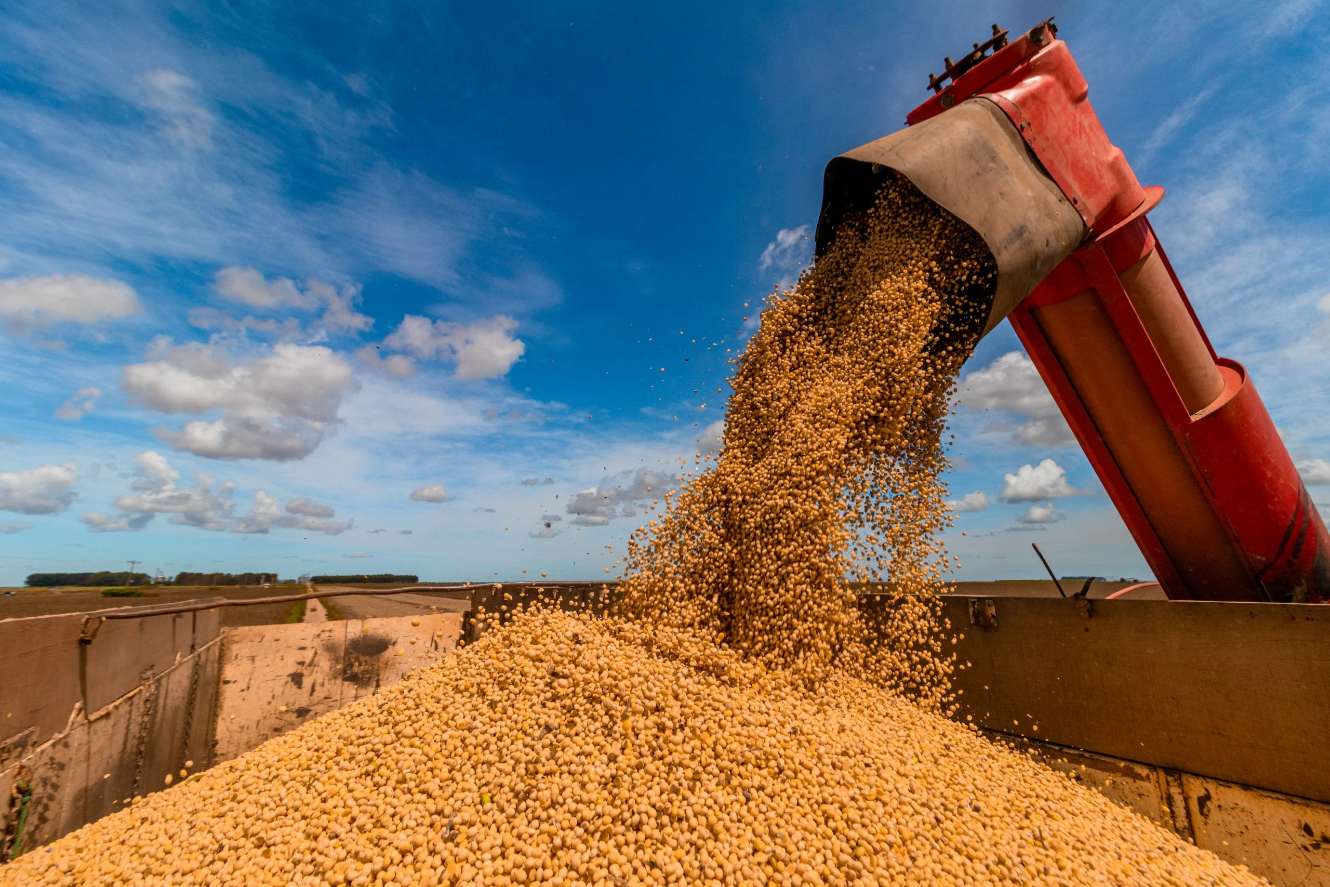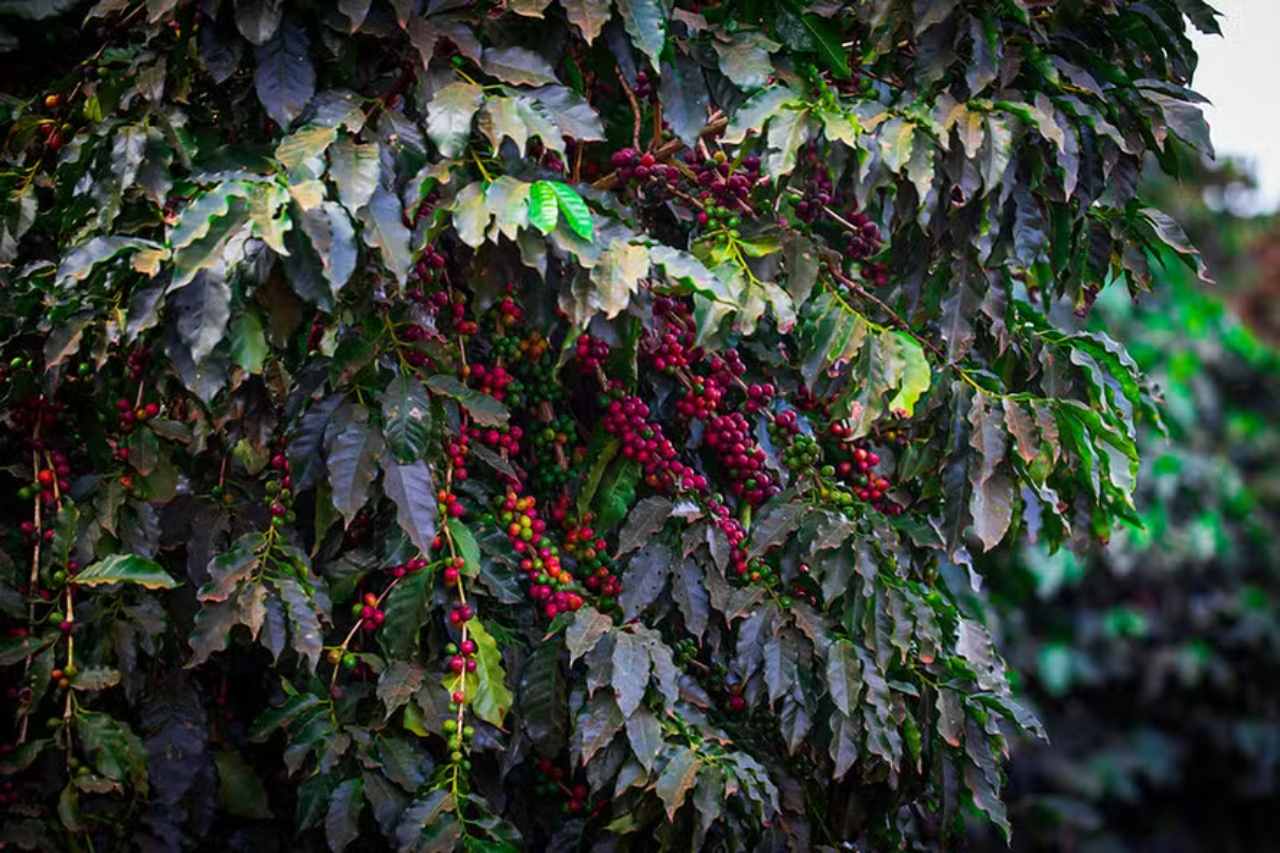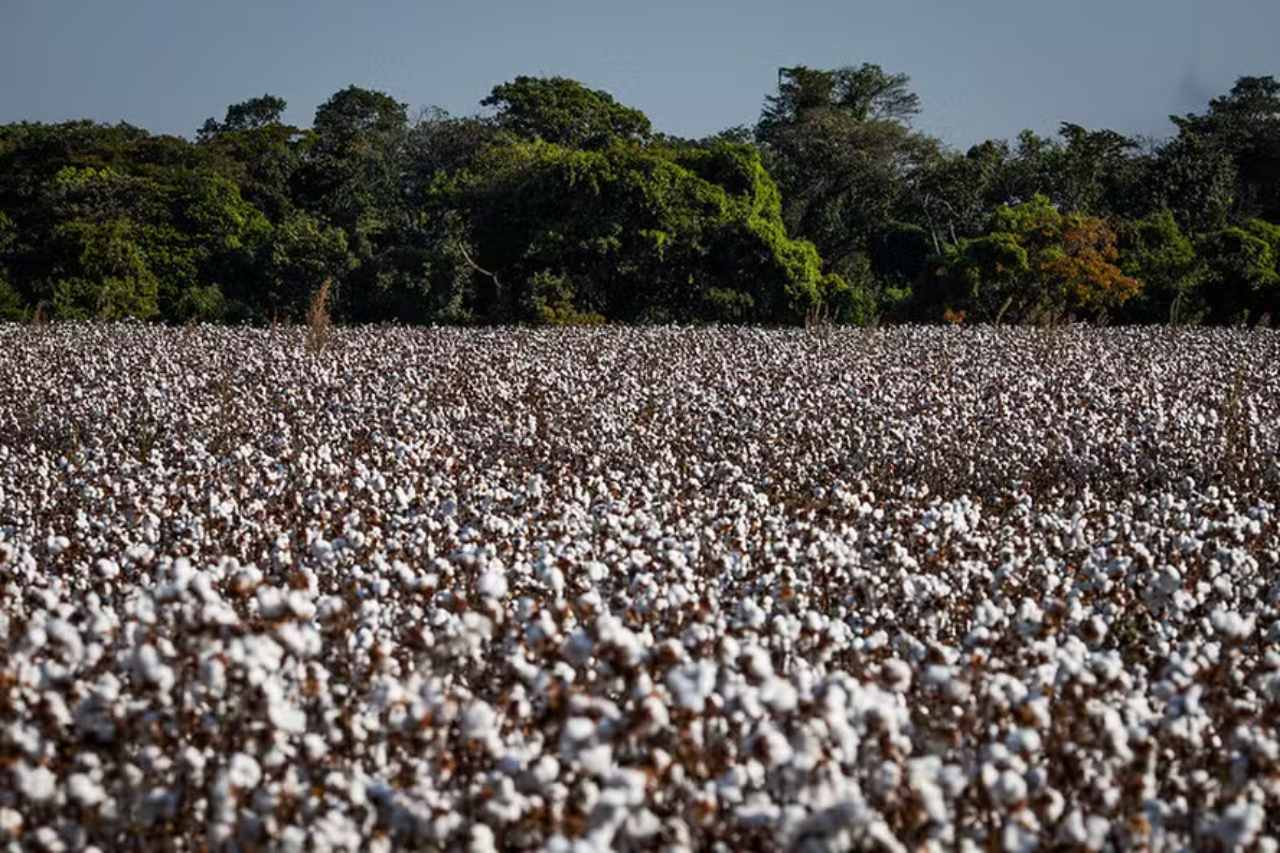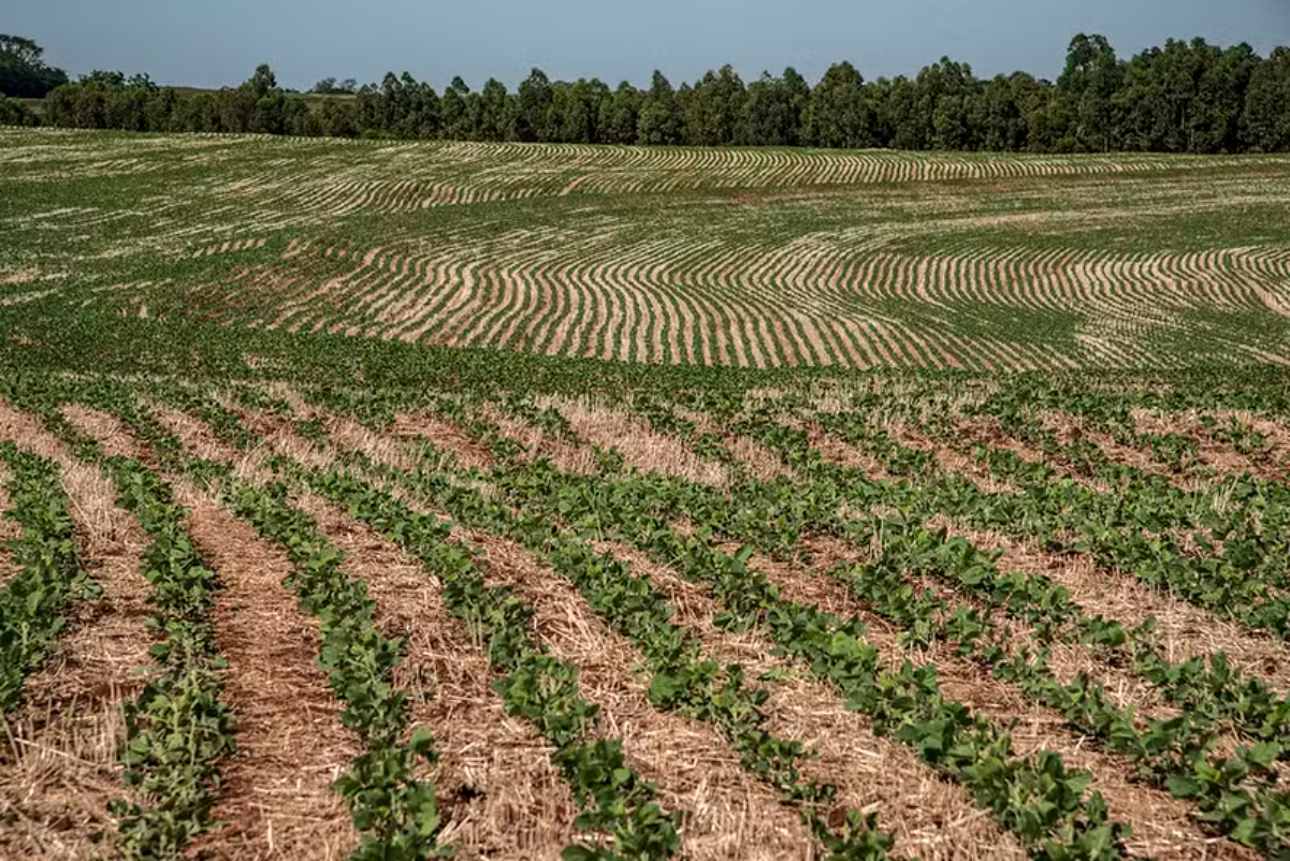The first estimate for the 2024/25 grain harvest, conducted by the National Supply Company (Conab), forecasts production of 322.47 million tons. This volume represents an 8.3% increase compared to the 2023/24 cycle, meaning 24.62 million additional tons will be harvested. If confirmed by the end of the agricultural year, this will set a new record in the historical series. The cultivated area is expected to grow by 1.9%, reaching 81.34 million hectares. Conab released these figures on Tuesday, October 15, during the announcement of the 1st Grain Harvest Survey for 2024/25.
In this cycle, rice is expected to show a 9.9% increase in the planted area, with growth across all regions of the country. The Central-West and Southeast regions stand out, with increases of 33.5% and 16.9%, respectively. In Mato Grosso, farmers will dedicate over 133,000 hectares to rice cultivation, a 39.3% increase compared to the previous season. Goiás is also seeing growth with a 24% rise, and Minas Gerais shows an even higher increase of 25.1%. The South, the country’s main rice-producing region, is also projected to expand, reaching 1.16 million hectares. This increase is expected to boost production to about 12 million tons, recovering the volume last seen during the 2017/18 harvest.
“With these numbers, Brazil is likely to return to one of its highest rice production levels in history. This reflects the hard work of our farmers, alongside the federal government’s renewed commitment to agricultural policies that support small, medium, and large producers,” stated Conab President Edegar Pretto.
Beans are also expected to see a slight increase in the planted area, growing from 2.86 million hectares in 2023/24 to 2.88 million hectares in this cycle. Since beans are planted year-round, the biggest increase will be in the first crop, with a 2.3% rise, reaching 881,300 hectares and an estimated production of 947,300 tons. The total national bean production across all three planting cycles is projected at 3.26 million tons, a 0.5% increase over the previous season.
Soybeans are also expected to cover a larger area, with a 2.8% increase in planted land compared to the last season. However, this percentage is one of the smallest increases since the 2009/10 season, as delayed rains—especially in the Central-West region—have hindered soil preparation and planting. Even so, production is projected to reach 166.05 million tons.
For corn, Conab forecasts a 3.5% recovery, with total production expected to reach 119.74 million tons. The cultivated area will remain at 21 million hectares. The first corn crop will see a reduction of 1.1% in production and 5.4% in planted area, with 3.76 million hectares and 22.72 million tons expected. Meanwhile, cotton is projected to see a 2.9% increase in the planted area, totaling 2 million hectares, with 3.67 million tons of cotton lint expected to be harvested.
Winter Crops and Weather Impact
The first forecast of over 12 million tons for winter crops was not confirmed, mainly due to unfavorable weather conditions in producing regions. Wheat, the most significant winter crop, had its forecast reduced to 8.26 million tons in this report. Adverse weather throughout the cycle, especially in Paraná, including early drought, insufficient cold weather, two frost events in August, and crop diseases, contributed to the reduction. In contrast, conditions were more favorable in Rio Grande do Sul and Santa Catarina.
Market and Exports
With higher domestic rice availability, prices are expected to ease. However, despite this potential decrease, producers are still expected to maintain profitability. The increased production also opens opportunities for exports, which could reach 2 million tons, and for ending stocks, estimated at approximately 840,000 tons at the end of the 2024/25 harvest.
For corn, attention is focused on the summer crop in Latin America. Both Brazil and Argentina, the region’s leading producers, are expected to reduce their cultivated area initially, potentially pushing up prices in international markets. Despite the reduction in the first corn crop, Conab expects total production to reach 119.7 million tons, up 3.5% from the previous season. Exports are projected at 34 million tons, with strong domestic demand driven by the thriving animal protein export market and ethanol production.
Regarding soybeans, exports for 2025 are forecast at 105.54 million tons, driven by increased production and strong global demand, especially from China. Ending stocks are expected to reach 4.16 million tons.
For wheat, adverse weather in Paraná has led to higher domestic prices. Global climate challenges and geopolitical conflicts also contributed to the rise in prices, according to Conab’s analysis.
This forecast shows promising growth in both production and cultivated area for the 2024/25 season, fueled by strong partnerships between farmers and the federal government.





